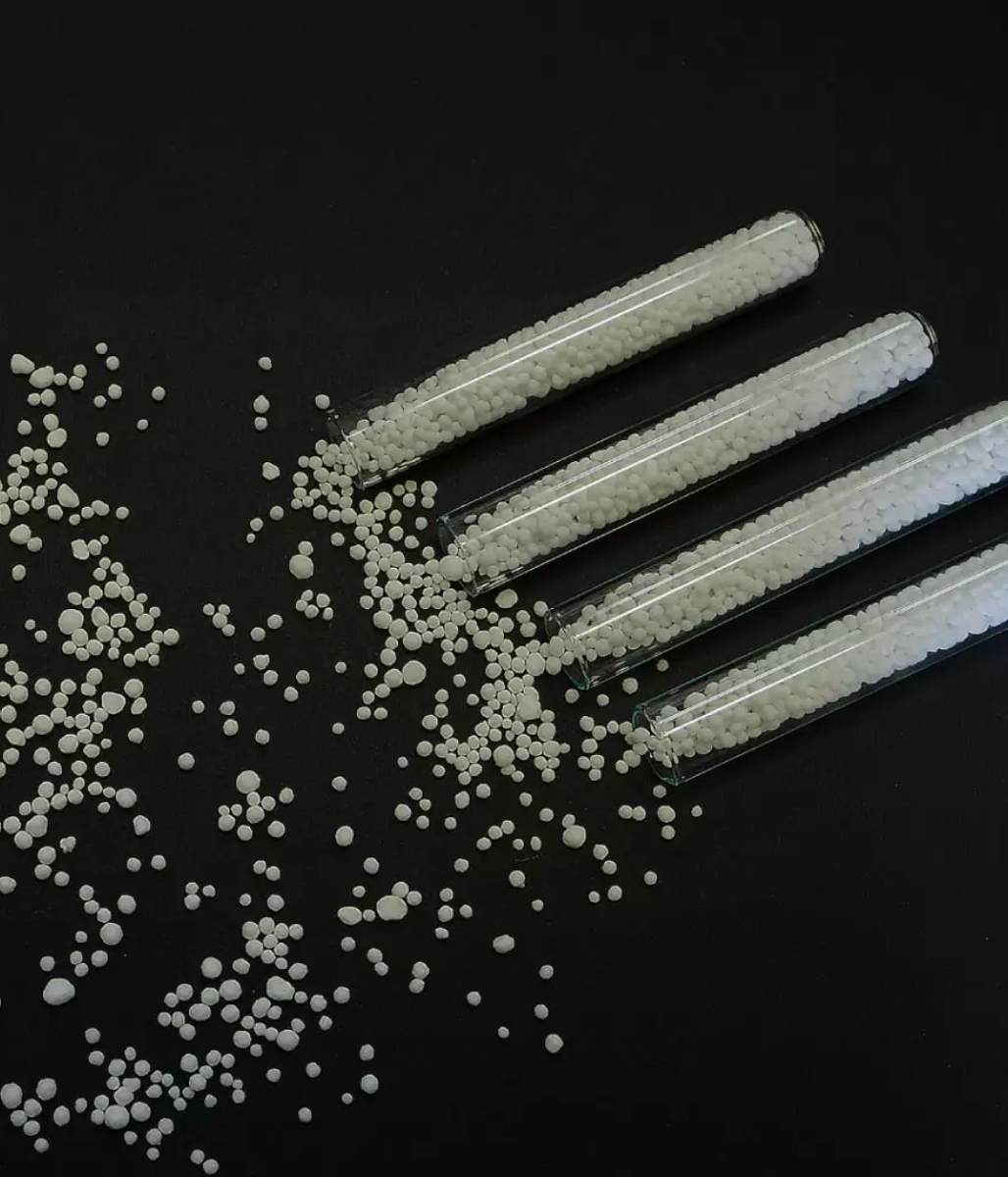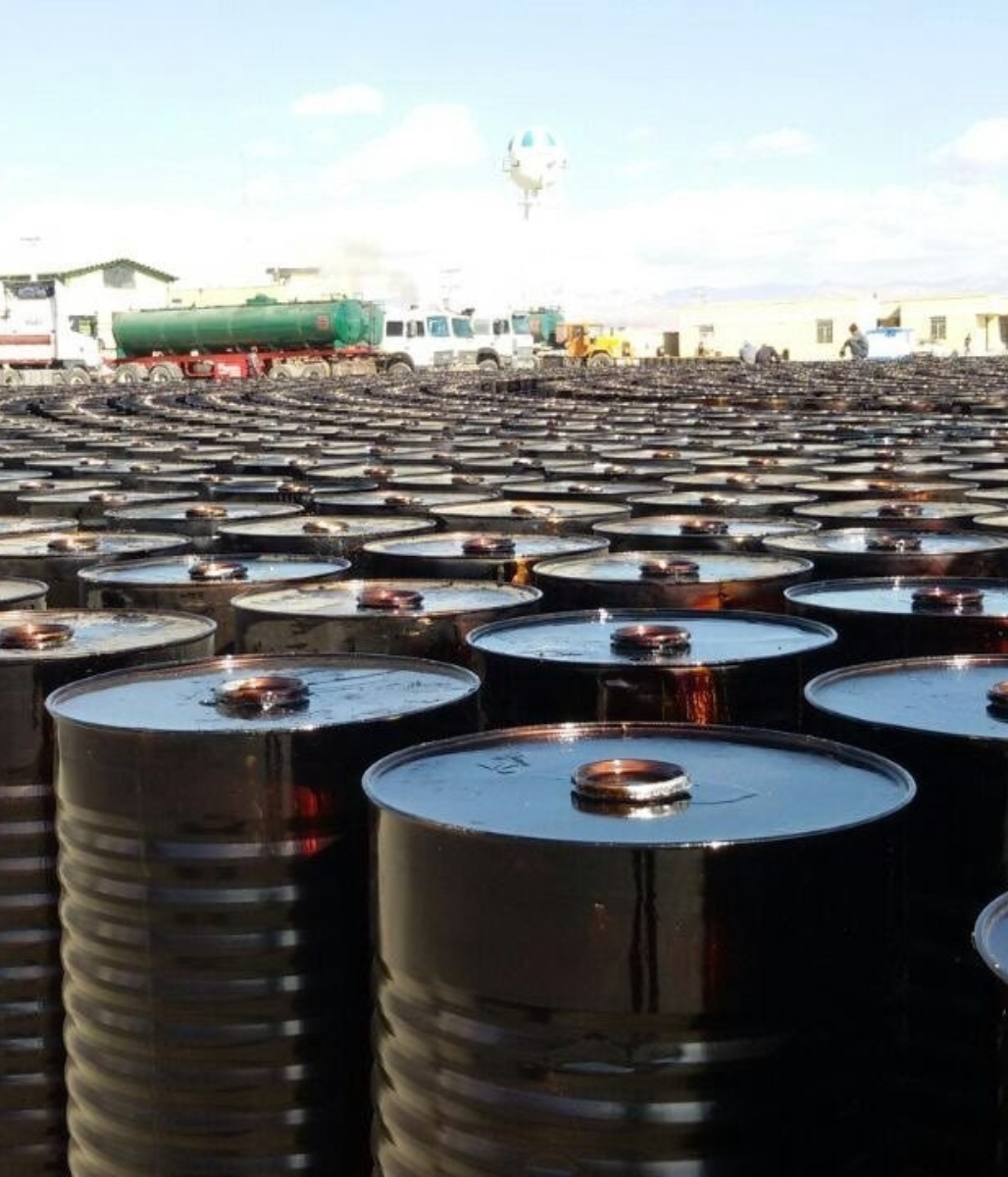Urea
Iran has emerged as a global leader in urea production, with its petrochemical units playing a pivotal role in meeting worldwide demand. Major Iranian facilities, including Pardis, Shiraz, Khorasan, and Kermanshah Petrochemical Complexes, are renowned for their large-scale production capabilities, positioning the country as a dominant player in the global urea market. These facilities leverage advanced technologies and abundant natural gas reserves to produce high-quality urea efficiently, catering to both domestic needs and international markets. Iran's robust production infrastructure underscores its critical role in supporting agricultural productivity and industrial growth worldwide.
Synthesis Methods and Extensive Applications of Urea in Various Industries
Urea is a valuable substance that has many properties.
It is one of the most important compounds too.
This material also has solved many basic and important needs in the field of industry.
If you want to learn more about Urea, you can stay with us until the end of the article.
What Is Urea?
People know urea as carbamide. Its chemical composition is also CO (NH2)2 that has many physical and chemical properties.
The properties of materials are as follows:
Odorless & white, high solubility in water & non-toxic, acidity, its application in some industries, application of urea to supply nitrogen as the first material, production of protein or amino acids & ammonia during analysis, Solid & non-flammable, high impact on the metabolism of nitrogenous compounds, break it down before boiling point, use it to produce nitrogenous chemical fertilizers, flattening of urea molecules and molecular packaging due to the dense hydrogen bond, creating a double bond between carbon and oxygen as well as high solubility in water due to having high hydrogen bonds with water.
Urea Manufacturing Methods
People use different industrial methods to produce this material. The methods are as follows:
Industrial Method for Urea Production
People combine carbonyldiamide with synthetic ammonia and carbon dioxide to produce carbamide.
Note: You need to produce carbon dioxide in large quantities.
Urea Production in the Laboratory
In addition to industrial methods in the lab, people combine phosgene with primary or secondary amines.
People use isocyanate to speed up the process and also get access to unsymmetrical ureas.
Urea Poduction through Synthesis
Synthesis is one of the methods of urea production that Robert Bosch and Sanford Meisner also produced it in 1922
People know this process as the Bush-Meisner method.
We can see two main equilibrium reactions in it that if humans do them, the reactants will be produced in an incomplete form.
Carbamate was the first reaction of this process, which is exothermic.
If it creates high temperature and pressure, liquid ammonia and carbon dioxide gas combine.
The process of decomposition is slower in the second stage, so carbonyldiamide is produced.
It is an endothermic reaction. People can break down carbamates and produce urea and water if they do it.
Conversion ammonia and carbon dioxide into urea is an exothermic method that people use heat in the next stage of the reaction.
Note: individuals also have to compress in carbon oxide.
Ammonia obtained from the refinery is in liquid form.
If people want to save money in the economy, they can insert it into the pump system.
In this way, the resulting combination is an incomplete process.
Human should dissociate the product obtained during the production of ammonium carbamate without changing.
In this system, humans can also dissociate carbamate into carbon dioxide and ammonia.
Applications of Urea
v Agricultural
People use urea to produce nitrogen fertilizers.
Industries
People use carbamide for the following purposes:
Production of various types of resin, plastic manufacturing industries, production of adhesives, potassium cyanate producer industries, urea nitrate production.
Automotive: the Bluetec systems and SCR /SNCR systems use Urea to produce automobiles.
Laboratory
People use it to make chemicals and compounds in the lab.
If carbamide concentration is 8 mol/L, it can protect brain tissue with visible light.
Medicine and Cosmetics
Urea has many medical and experimental applications as follows:
Production of creams containing urea, skin hydration, corn treatment, eczema, dryness, psoriasis, keratosis, colony and palmoplantar keratoderma, measuring the amount of nitrogen in the blood, Specify kidney function, producing hair conditioners and shampoos, detection of bacteria in a person’s stomach by performing urea breath test as well as soap production.
Airports
Urea applications at airports are as follows:
Production of antifreeze on the surface of passages and surface of the band, Its application in aircraft carriages and also where corrosive salts cannot be used as antifreeze.
In addition to the above- mentioned, urea has other uses include explosives production, its application in lanthanides chemistry, polyurethane foam production, textile coatings, molding, animal feed, manufacturing & fertilizers production and nutritional supplements, its application in factories to produce brown color, making whitening toothpastes, Its application in linear optics to create oscillations of optical parameters, using it in Geneva engineering purposes to provide food needed for planktons, the use of diammonium phosphate and urea to convert sugar into ethanol, its application in textile dye bath to increase bath moisture and its solubility, production of three-layer boards, plastic and pharmaceutical production as well as dishwasher soap production.
Safety Tips for Urea
Urea has many properties. You should pay attention to the safety tips of it.
If it is absorbed, it will be harmful to the skin.
The eye will become painful and red if this material enters the eye.
You will have nausea, diarrhea and vomiting if you swallow it.
A person will also have breathing problems if dust grains or vapors produced from it enter the respiratory tract.
You should not place urea near incompatible substances. These substances are as follows:
Chromyl chloride, dichromate, sodium hypochlorite, sodium nitrate, potassium permanganate, liquid chloride, strong oxidizing agents, nitrate, ammonia, calcium hypochlorite as well as nitronium perchlorate.
| Turkmenistan Analysis | |||
| Dhaduk Petrochemicals carbamide 46% – Turkmenistan | Unit | SPECIFICATION (%) | TEST METHOD |
| Appearance | – | – | Granular Urea |
| Nitrogen Content (Min) | % wt | 46 | A.O.A.C (1995) Method 955.04 (2.4.03) |
| Biuret Content (Max) | % wt | 1.00 | A.O.A.C (1995) Method 960.04 (2.4.23) |
| Moisture Content (Max) | % wt | 0.5 | A.O.A.C (1995) Method 972.01 (2.2.03) |
| Formaldehyde (Max) | % wt | 0.55 | UKF SBB 0071-02-E, ED.2 (1982) |
| Particle Size (Min) | % (2.0-4.0 mm) | 90 | IV-A TFI-1982 |
| Urea Khorasan Petrochemical Co. Analysis | |||
| Dhaduk Petrochemicals carbamide 46%-Khorasan Petrochemical Co | Unit | SPECIFICATION (%) | TEST METHOD |
| Appearance | – | – | Prilled Urea |
| Nitrogen Content (Min) | % wt | 46 | BS DIN EN 15478 |
| Biuret Content (Max) | % wt | 1.0 | BS DIN EN 15479 |
| Moisture Content (Max) | % wt | 0.3 | ISO 760 |
| Particle Size (Min) | % (1-2.4 mm) | 92 | ISO 8397 |
| Formaldehyde (Max) | % | 0.4 | H.F.T 1.6 & SBB 0071-02-E |
| Formaldehyde in Industrial Urea (Max) | PPM | 100 | H.F.T 1.6 & SBB 0071-02-E |
| Anticake (Eurasoft-150) (Max) | PPM | 1000 | Eurasoft Method's |
| Anticake in Industrial Urea (Max) | PPM | 25 | Eurasoft Method's |


